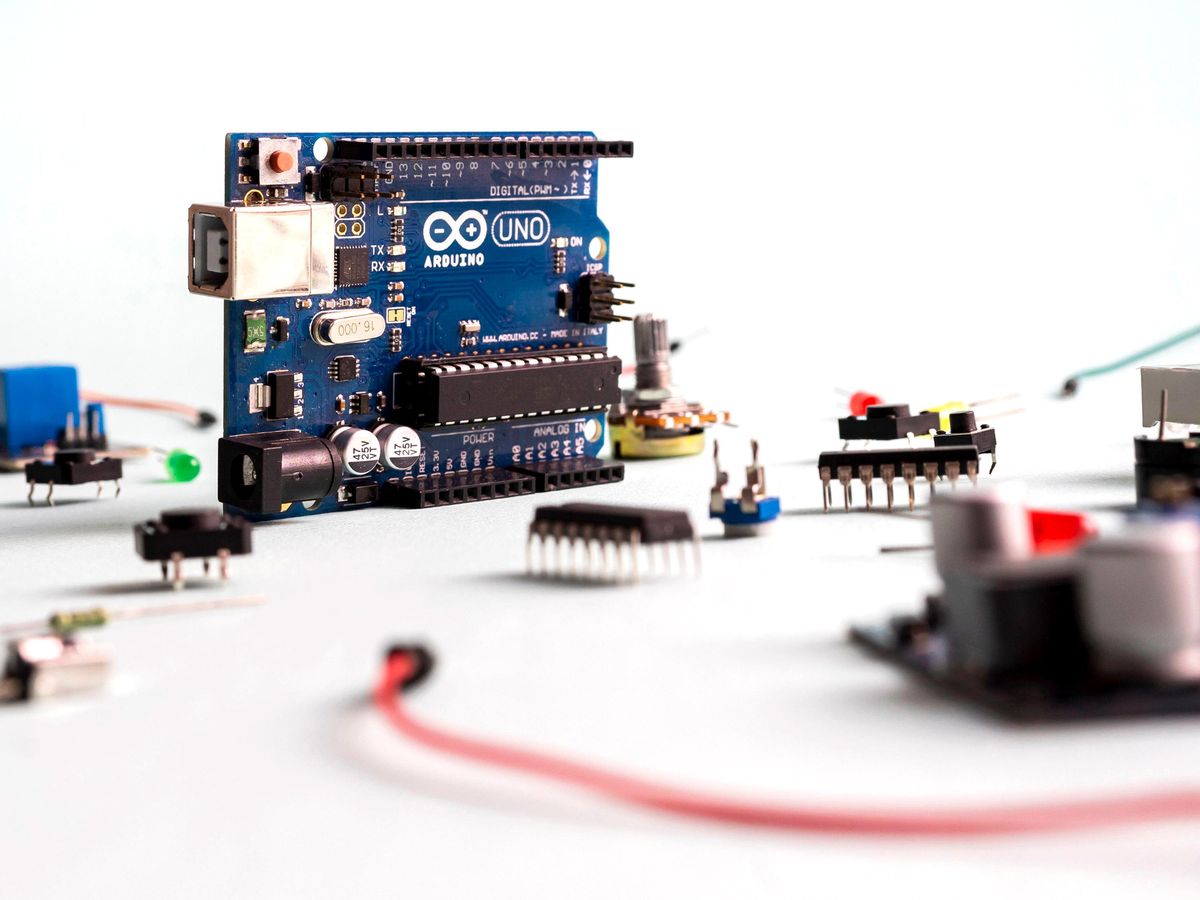Much has been written about how the Great Global Semiconductor Shortage has affected automakers, game console manufacturers, and other companies making commercial products. But tinkerers, prototypers, artists, and students making their own projects are also getting hit hard.
Technology often filters into the maker scene by way of manufacturers that cater to hobbyists—they do the hard work of putting new chips with new capabilities onto easy-to-interface breakout boards; developing drivers and libraries that work with existing programing ecosystems like that around Arduino microcontrollers or Raspberry Pi single board computers; and writing documentation and tutorials so that folks don't have to try parsing enigmatic datasheets by themselves. In turn, ideas from the maker community bubble back up into industrial settings, often via engineers seeking quick or inexpensive solutions to problems—consequently both the Raspberry Pi and Arduino lines now feature pro products designed for commercial embedded systems.
But over the last few months it seemed that manufacturers catering to makers were offering fewer and fewer new products in addition to posting a lot of "out of stock" notices on existing ones, with a knock-on effect on the maker scene as a whole. As the editor responsible for IEEE Spectrum's Hands On DIY section, it's taken longer and longer each month to find projects incorporating interesting new capabilities.
So I reached out to some of the leading manufacturers to find out what was going on. The short answer is that new products are being delayed, but just as makers themselves are used to cobbling together alternative solutions from what's available, manufacturers are working out ways around supply shortages of specific components. So hopefully, we'll see an uptick in cool new projects before long!
Read on for more from the horse's mouth, including a few horror stories about lead times and prices.
Limor Fried, founder and CEO of Adafruit:
It's definitely been a challenge for small electronic manufacturers, makers, creators and inventors. We're seeing massive shortages of semiconductors and particular, microcontrollers and more-complex ASICs are completely unavailable. We've seen some micros come back with lead times in 2023! We've had to scramble to redesign a few boards that we were about to launch, to use different chipsets—and some items are going to be delayed. We've also heard from other makers that they are struggling to finish and launch without key components. One thing we've been doing is helping folks find alternatives to out of stock components on our weekly video show "The Great Search", sometimes we have been able to help folks source drop-in replacements!"
Fabio Violante, CEO, Arduino:
As a manufacturer of electronics devices, we rely a lot on the supply of semiconductors, as well as PCBs, connectors and a wide variety of components. Fortunately, our team has been able to optimize the supply chain and inventory while, at the same time, putting a lot of pressure on our strategic vendors.
In general, we did not experience availability issues for the vast majority of products. Anyway, we had some challenges in the most complex designs. This caused, in some cases, delays for new products that were on the roadmap.
As a side effect (that can also be seen as a positive outcome) our Product Management and R&D became, more than ever, sensitive to availability and standardization. In some cases they also come up with interesting designs that helped us reduce the stress on the supply chain, providing plenty of benefits for the customers as well.
Jan Malasek, president, Pololu:
We are definitely feeling the parts shortages, with some ICs already on order for over a year. Fortunately, we have always tried to keep a lot of inventory on hand, so we have not had to go to such extreme measures as the shut down car factories we hear about in the news.
Dean Diamond, supply chain manager, SparkFun:
Component shortages have impacted our business for the past 18 months. We've had to get creative, both with our current products, as well as new products in development. Timelines have been pushed and product launches rearranged in order to work with component supply that is available to us.
Bryan Hoff, engineering manager, SparkFun:
Our purchasing and sourcing team have worked very closely with distributors, suppliers, and part brokers to find parts, limiting the impact. But yes, a few products couldn't be built in time, creating a shortage. ... However, the number of impacted product launches has actually been low. This is largely due to us modifying our design process to incorporate our purchasing and sourcing teams much earlier that we had been. ... One of the things that has stood out during this part shortage period is our ability to leverage key personal relationships with suppliers that we have built over the years to help find or identify alternative parts to make new products. ... We've seen profiteering in the part space that is amazing. A [US] $10 IC went to $30, then jumped to $350 in less than a week. (The lead time is 50+ weeks on this IC now.) We've seen IC's that have a ton of availability at distributors, sell out overnight. In one case, there were about 30,000 parts across 5 distributors available on a Wednesday night; the next day, they were all gone. We've seen lead times jump from 6-8 weeks to 36+ weeks.
Stephen Cass is the special projects editor at IEEE Spectrum. He currently helms Spectrum's Hands On column, and is also responsible for interactive projects such as the Top Programming Languages app. He has a bachelor's degree in experimental physics from Trinity College Dublin.



